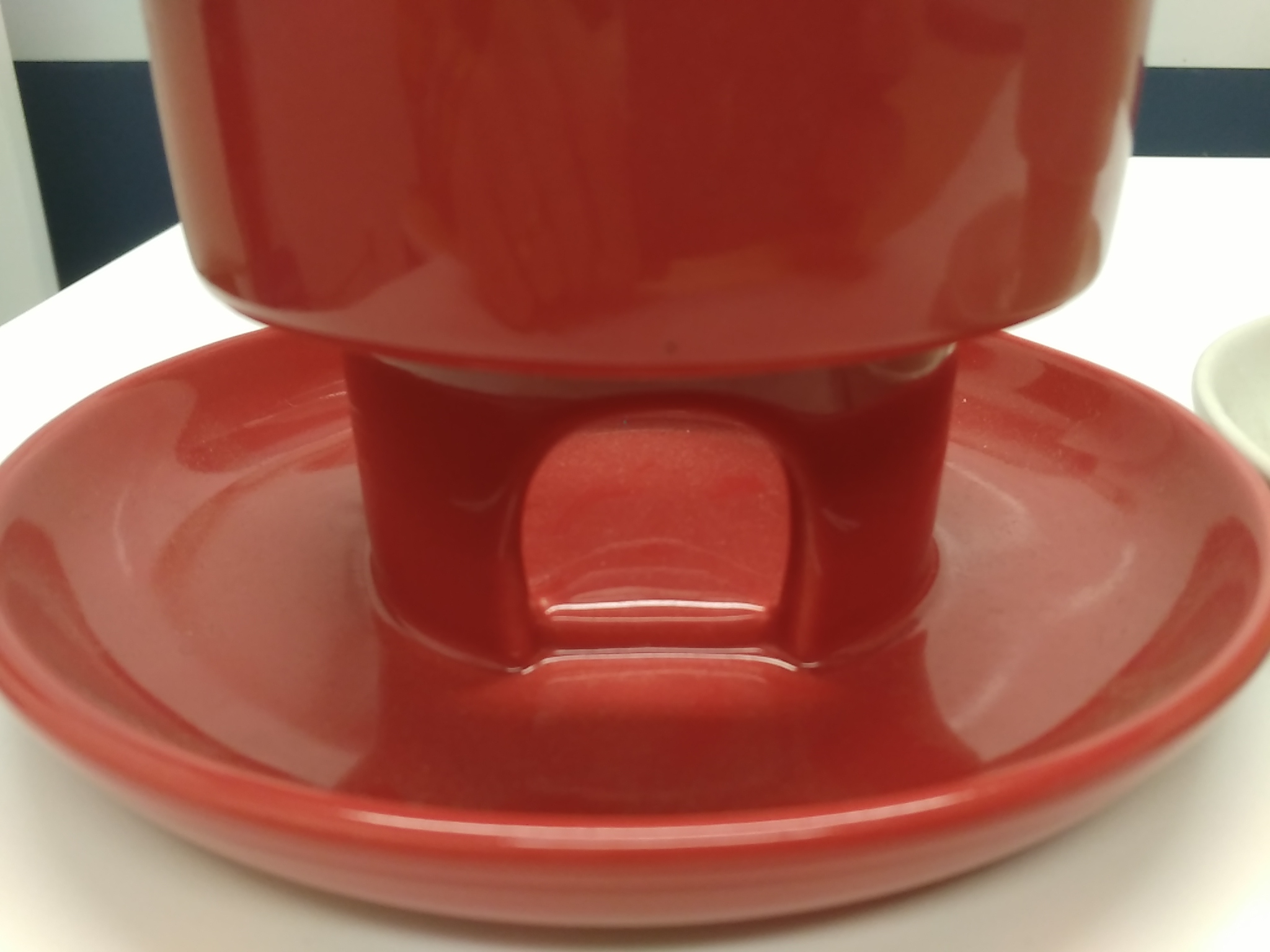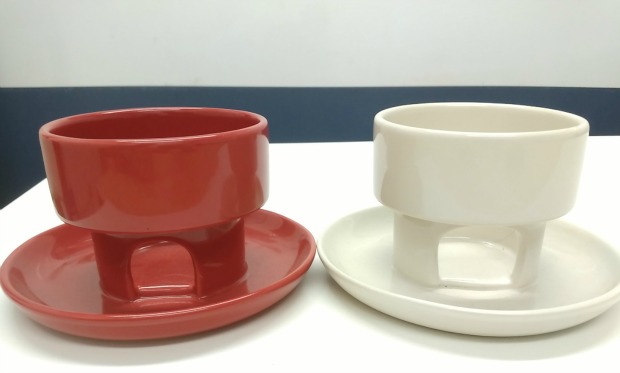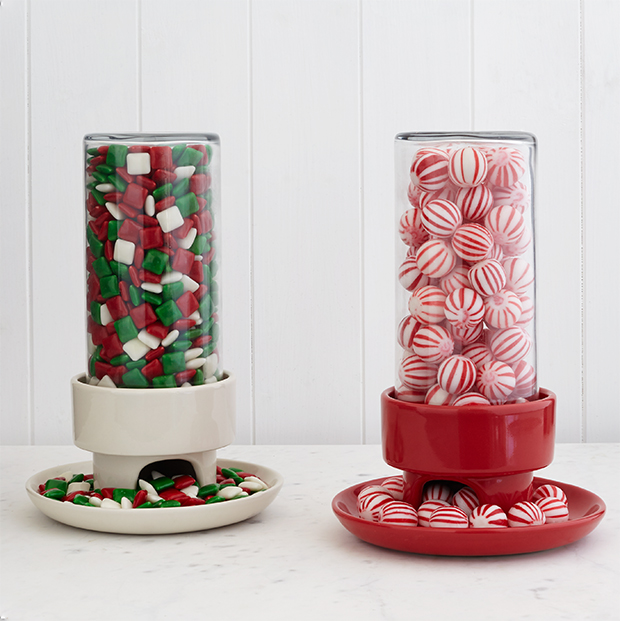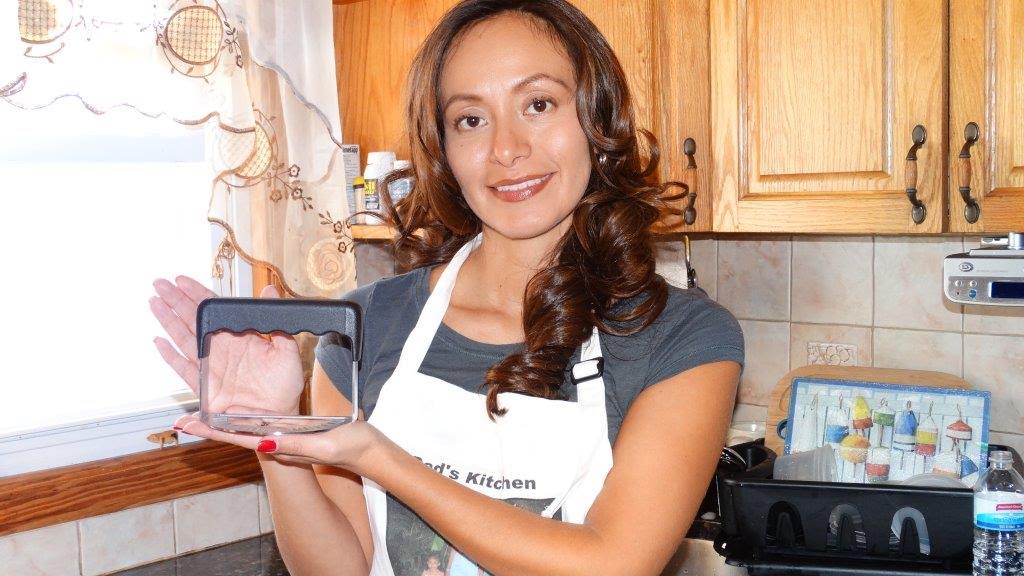
Hipatia Lopez with the Empanada Fork in her New Jersey Kitchen
While preparing for a holiday feast, Hipatia Lopez found herself facing 100 empanadas that needed closing. She may have finished the project with sore hands, but it gave her the idea to invent the Empanada Fork, a tool that closes empanadas, turnovers, and pastries in no time.
While many of our Studio Tours give readers a look inside creative spaces of makers of handmade goods, Hipatia’s story is a little different–and must-read for anyone who’s ever thought-up a problem-solving product, but isn’t sure what to do next. Hipatia wasn’t trained as a product designer and didn’t have a line of inventions to her name, but she was motivated. She knew she was on to something, and decided to take the next step and turn her idea into the real deal.
Unfortunately, I wasn’t able to physically travel to Hipatia’s home in New Jersey to learn about her process, but through phone calls, emails, and snapshots, Hipatia helped me create a virtual tour of her creative space (and kitchen).
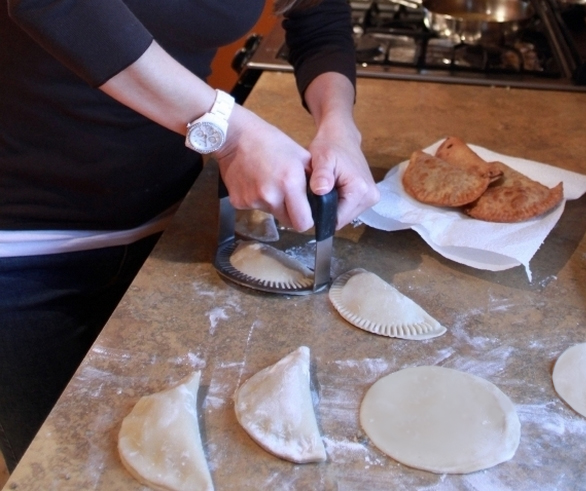
The Empanada Fork in action


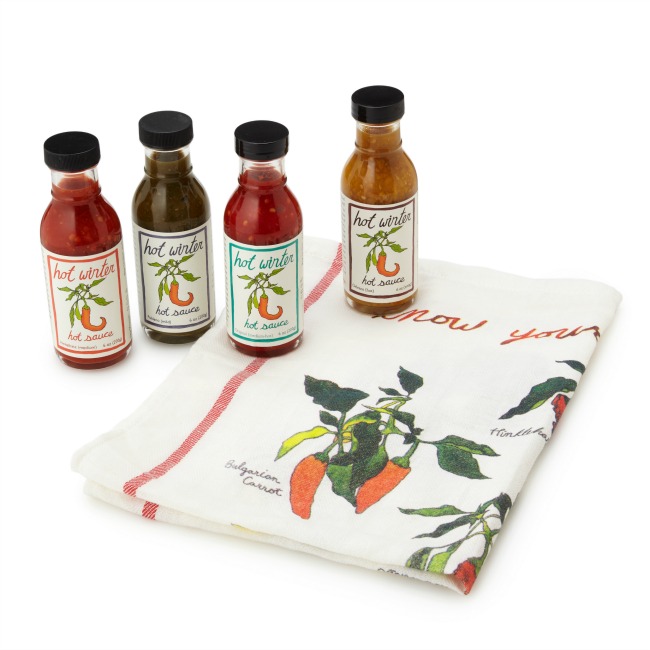


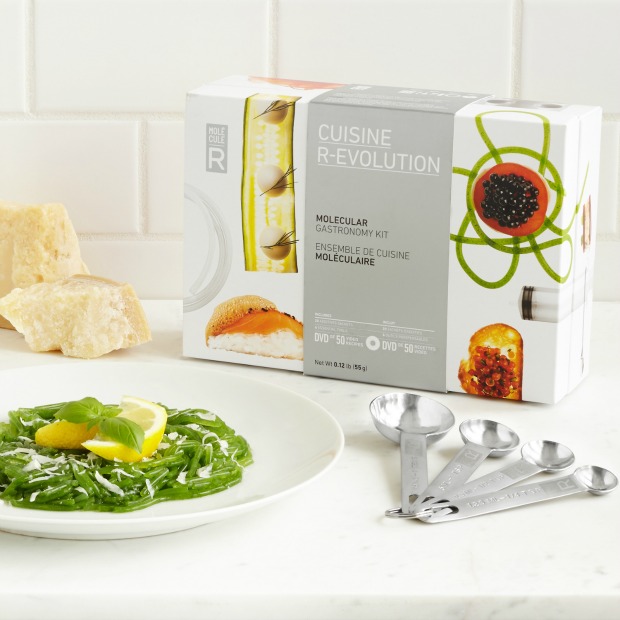
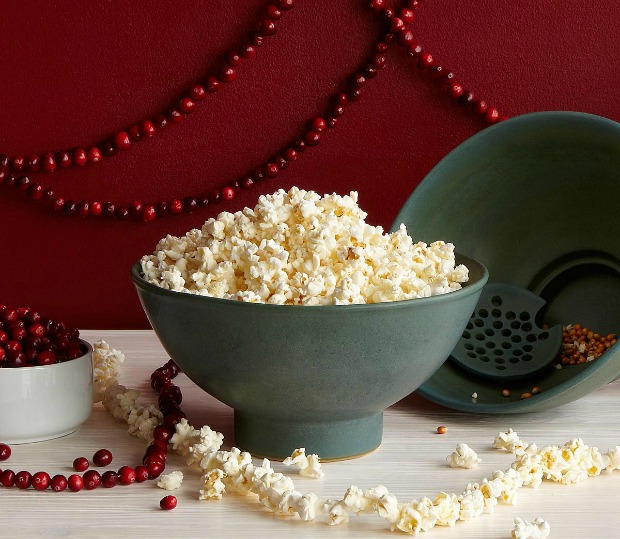


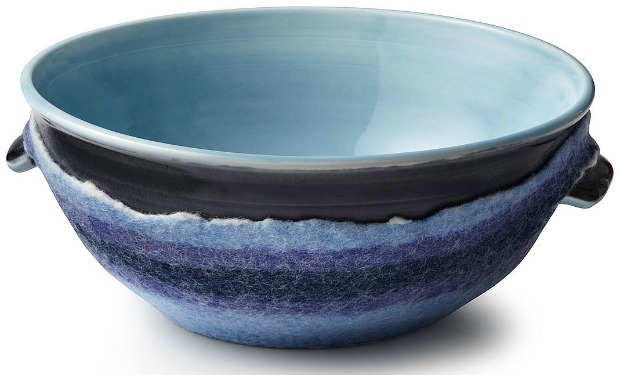
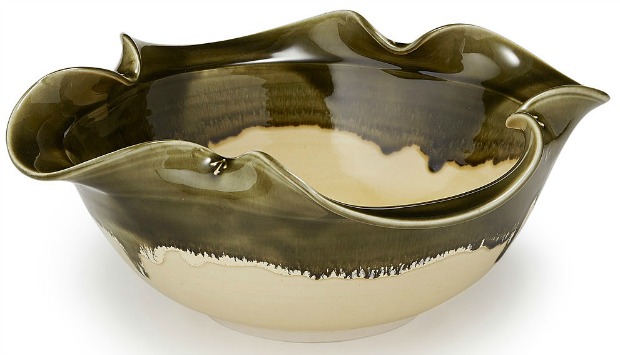
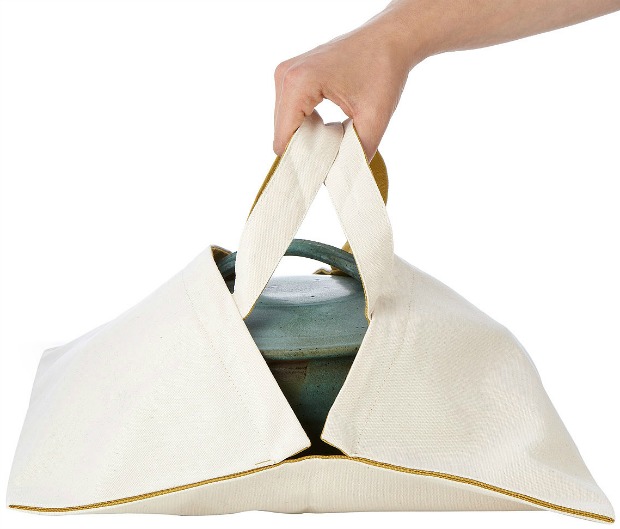

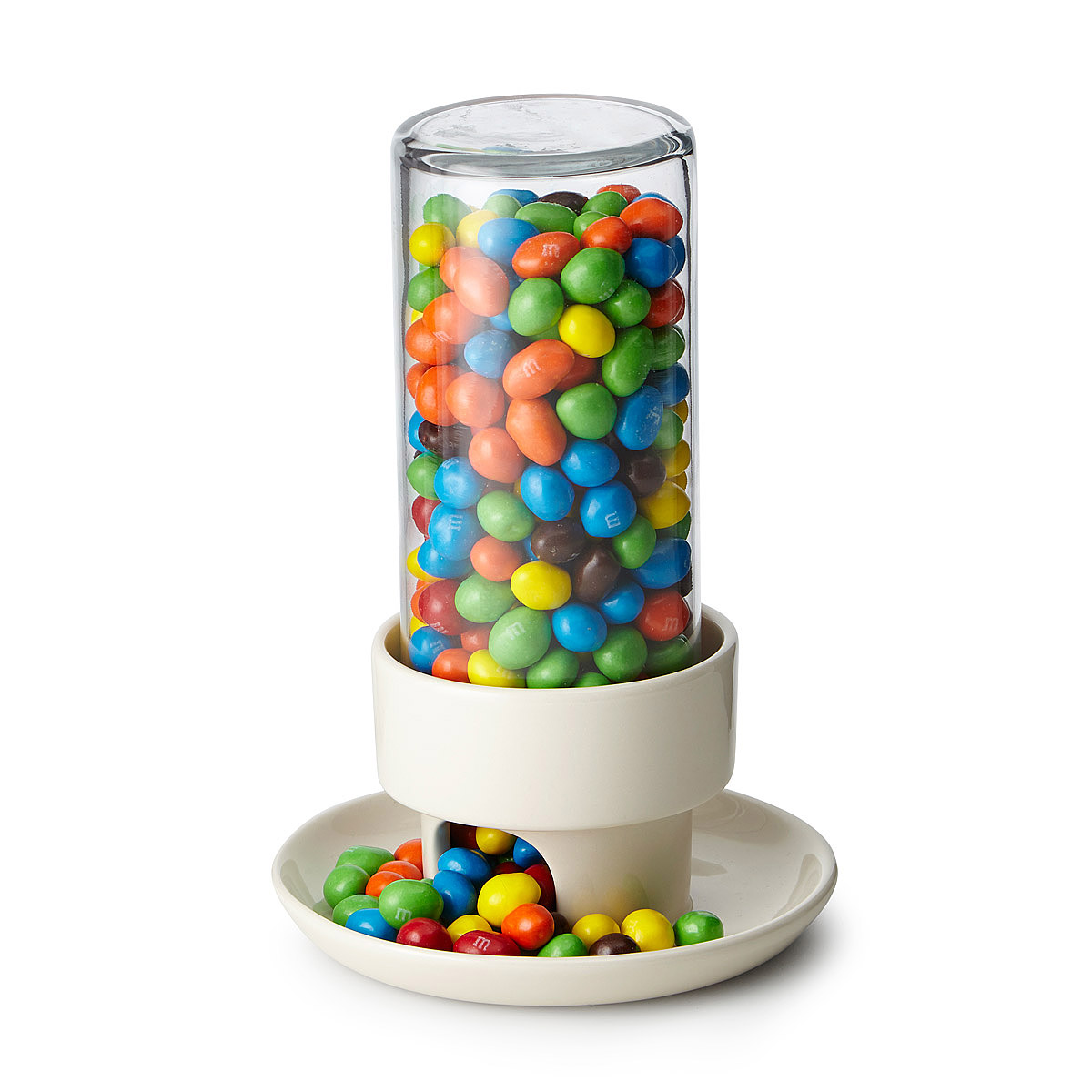
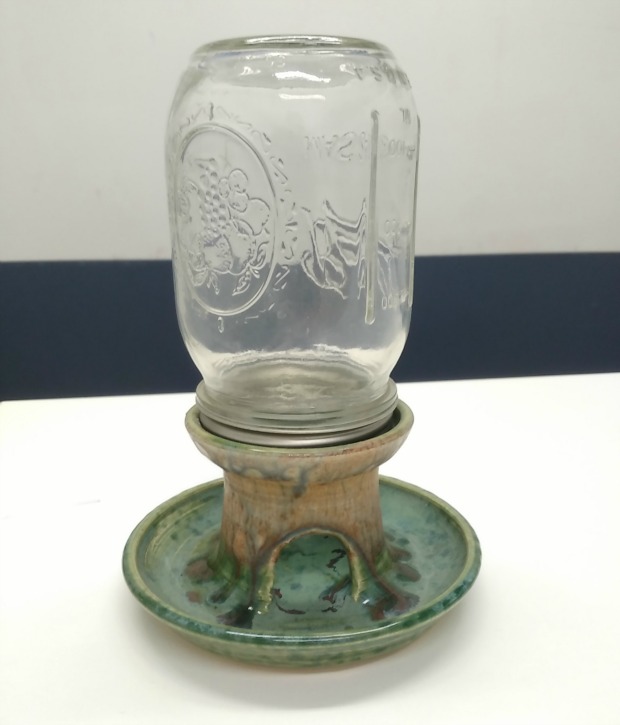 We sought to re-imagine Francine’s design by incorporating sleek and clean lines and components, and providing enough capacity for even the most ravenous snackers. In doing so we needed to identify the attributes important in making the original design functional and effective. As
We sought to re-imagine Francine’s design by incorporating sleek and clean lines and components, and providing enough capacity for even the most ravenous snackers. In doing so we needed to identify the attributes important in making the original design functional and effective. As 